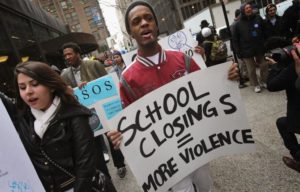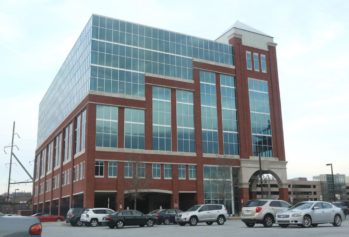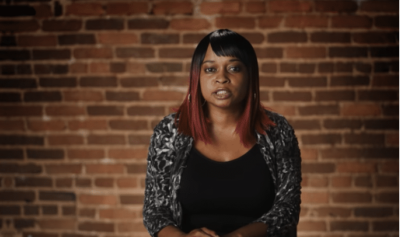A year after a coalition of groups filed complaints about racial inequities in the New Orleans’ public school system, the U.S. Department of Education has launched an investigation to get to the bottom the accusations.
Attorneys from the Department of Education’s Office of Civil Rights were in the city over the past week in order to start collecting information and also confirmed the investigation to the Associated Press.
While they did confirm that an investigation was underway, the department has remained tight-lipped about the progress so far. The investigation sparked from a complaint filed last May by the Journey for Justice Alliance and Advancement Project and the Coalition for Community Schools.
The groups also represent organizations of parents in Chicago and Newark, NJ—two other districts that have seen a disproportionate amount of predominantly Black schools being closed or being plagued with low performance.
Meanwhile, predominantly white schools in these districts have exponentially higher scores that many believe are the result of more adequate resources and educators being present in these schools. So far, leaders of the groups are confident in the investigation although they too haven’t released much detail.
“Karran Harper Royal is a leader of one of the groups that filed the complaint, the Coalition for Community Schools,” the Associated Press reported. “She said federal attorneys spent part of last week talking to public school students and families affected by school closures.”
She told the Associated Press that she feels “confident that they’re being very thorough in their investigation.”
She also confirmed that the attorneys spoke with students and families of students who have been affected by the wave of school closures.
But Patrick Dobard, the head of the state agency that runs a majority of the schools in New Orleans, insisted that all families have the same opportunities regardless of race. Dobard gave the attorneys information regarding the application process for the schools, which is supposed to give all students a fair choice of where they want to attend.
The concern over racial disparities in the city’s public schools ignited after most of the schools were taken over by the state following Hurricane Katrina in 2005.

The RSD is the larger of the two districts and was the result of the state’s seizure of many public schools in New Orleans.
Since its creation however, the landscape of the district has changed and officially closed its last neighborhood school last November, which leaves only public charter schools in the district.
Meanwhile, the OPSD includes more than a dozen charter schools and six traditional neighborhood schools but the highest achieving schools in the district use a “selective admission process, which means students are accepted or denied enrollment based on their test scores and interviews with school officials,” ABS previously reported.
Some parents and officials believe the disproportionate student bodies at the high achieving schools is the result of racial bias and will leave the city’s Black youth struggling to catch up with their white counterparts even when they attended schools a few miles away from one another.
Either way, Dobard believes there isn’t a problem with the city’s current educational landscape.
“I feel like we were able to show that RSD, we’ve always served a population of students that is almost 100 percent African-American and we’ve protected the civil rights of those young people, probably more than anyone in the United States,” he told the Associated Press.
The RSD, however, has failed to produce any notable scores or academic achievements when compared to the OPSD.



